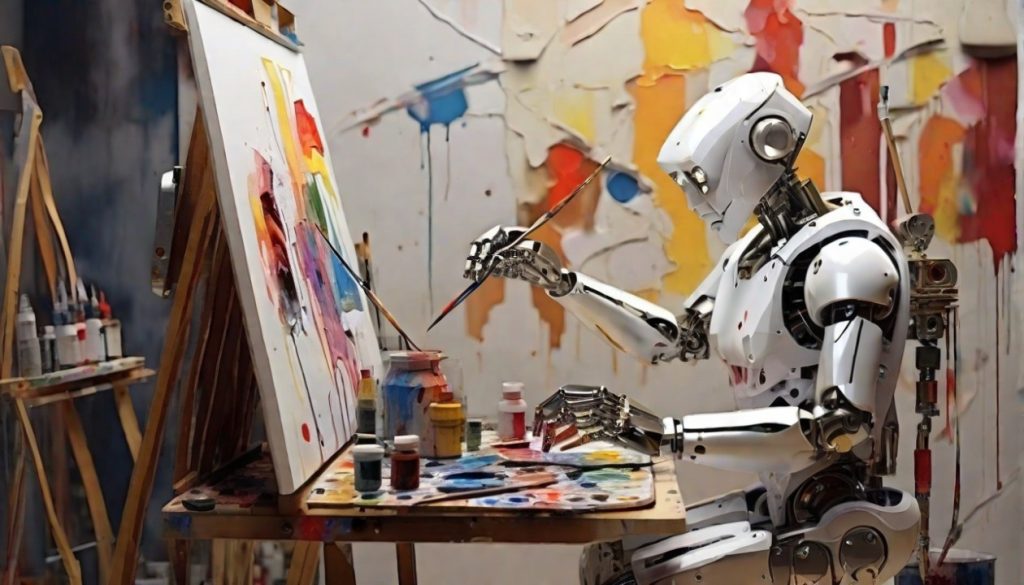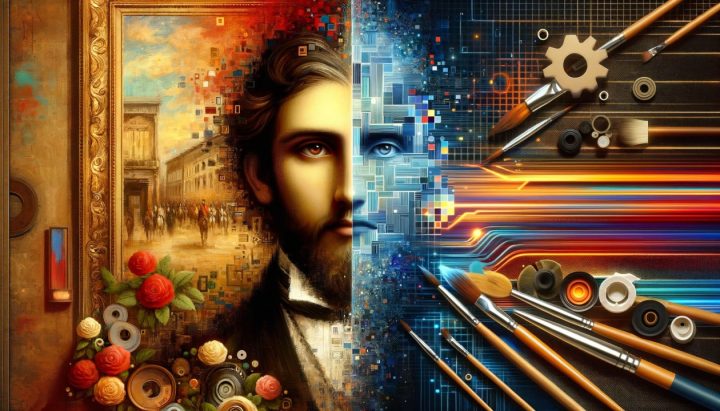Art has always evolved alongside technology, from the invention of the printing press to the digital revolution. Today, we are witnessing a new frontier in the art world: artificial intelligence (AI). AI is not just a tool for efficiency; it has become a partner in creativity, allowing artists and enthusiasts to generate custom images with unprecedented precision and imagination.
The Evolution of Artistic Tools
The journey from traditional artistic tools to digital creation has been marked by continuous innovation. Artists once relied solely on their hands and physical materials, but the advent of computers introduced new possibilities. Digital art software like Photoshop and Illustrator revolutionized how artists could manipulate images, offering endless options for creation and editing. These tools democratized art, making it accessible to anyone with a computer and a spark of creativity.
In recent years, AI has pushed these boundaries even further. Machine learning algorithms can now analyze vast amounts of visual data to create original works of art. This isn’t just about replication; AI can generate completely new images based on learned patterns and styles. For instance, AI models trained on classical paintings can produce images that echo the styles of Van Gogh or Picasso but with entirely new compositions. This technology has also led to the development of interactive platforms where users can input specific criteria to generate custom images. One such platform is https://makepix.ai/ai-girl-generator, which allows users to create unique artistic portraits based on their preferences, showcasing the intersection of AI and personalized creativity.
AI as a Collaborative Partner
AI’s role in art isn’t just about creation; it’s about collaboration. Artists now have the opportunity to work alongside AI, using it as a co-creator that offers suggestions and variations they might not have considered. This partnership can lead to a fusion of human intuition and machine precision, resulting in works that are both innovative and deeply personal. AI can handle repetitive tasks, allowing artists to focus on the more conceptual and emotive aspects of their work.

Moreover, AI can be a source of inspiration. By analyzing trends and patterns in vast datasets, AI can suggest new directions for artists to explore. This can be particularly useful in fields like fashion design, where staying ahead of trends is crucial. AI-generated art can also provoke thought and discussion about the nature of creativity. If a machine can create a masterpiece, what does that say about the role of the artist? This question challenges traditional notions of authorship and originality, encouraging artists to redefine their craft in the context of a rapidly changing technological landscape.
Conclusion
The integration of AI in art is reshaping the creative process, offering both challenges and opportunities. As we embrace these new tools, we must consider the implications for the future of creativity. Will AI become a dominant force in art, or will it remain a collaborative partner? One thing is certain: the dialogue between technology and artistry is just beginning. The potential for innovation is immense, and the future of art promises to be as dynamic and diverse as the tools that drive it.

